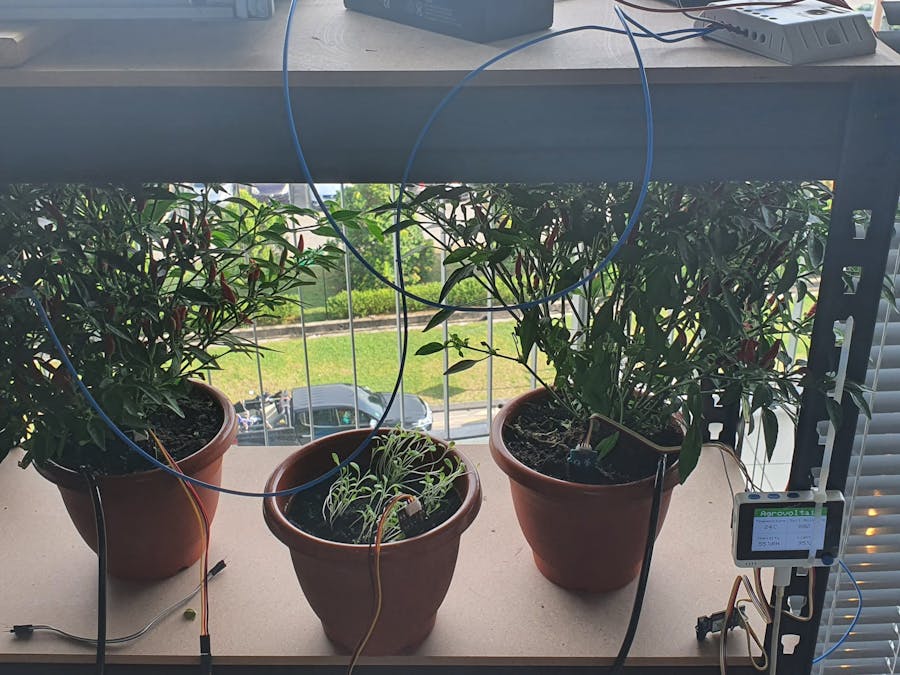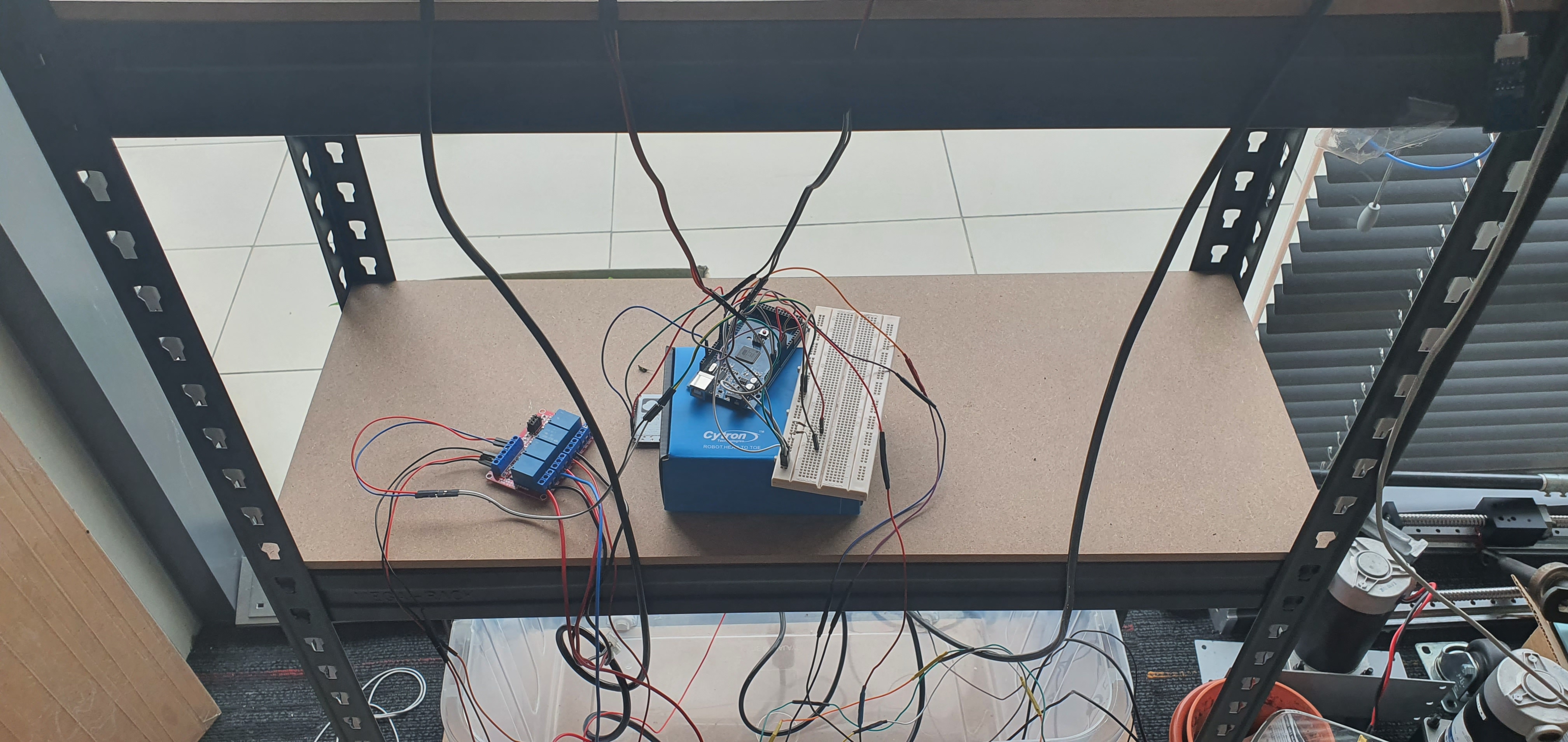Starting with intelligent agriculture methods for water management through nodes, plant fertilizer with IoT, and robot seeding and micro-dosing, also solar PV enhancement of efficiency and passive cooling techniques for its performance output along with the usage of the land, maximum power point tracking, and multilayers PV structures, to Smart Agrovoltaic monitoring integrated system.
As technology improved, machines and electromechanical gadgets helped manage and control agriculture, bridging population increase and idle food production, a fast-paced, linked world. Traditional farming requires labor. Fast paced, linked world. The internet and other technology enhance their intelligence. It's called IoT. (IoT). These are simple gadgets tied to necessities. IoT is a network of machines. This technology helps agronomists monitor and control farm activities to boost crop production. Agriculture uses sensors to monitor soil quality, control irrigation and water usage, and monitor crop humidity and temperature. Sensors and hardware are required for IoT systems to work. Sensors need regular maintenance. Precision farming is based on this idea. The program should be easy to use. Smart agriculture uses sensors and IoT monitoring to increase productivity at the cheapest cost. By designing nodes in 2 separate farm locations far from each other by a few kilometers, one node is a gateway of data collection and sensor communications within the network inside the system range. Other nodes components are soil moisture sensor, temperature sensor, humidity sensor, and inbuild Light sensor in Sense CAP K1100. PV was installed on a steel structure with a water-cleaning technique. The water used after cleaning the solar panel is collected and mixed with algae samples plant that was placed in tubes under the steel structure to be mixed up with the cleaning water of the solar panel and passed to the water tank as its nutrition, the type of considered as rich nutrition separated.



















Comments
Please log in or sign up to comment.